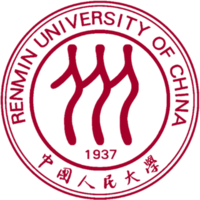Nano Energy & Water Safety (NEWS) Lab
简介 Rapid water disinfection, Nanogenerator and self-powered system
分享到
Cell Transport Prompts the Performance of Low-Voltage Electroporation for Cell Inactivation
2018
期刊
Scientific Reports
作者
Zheng-Yang Huo
· Guo-Qiang Li
· Tong Yu
· Chao Feng
· Yun Lu
· Yin-Hu Wu
· Cecilia Yu
· Xing Xie
· Hong-Ying Hu
下载全文
- 卷 8
- 期 1
- Springer Science and Business Media LLC
- ISSN: 2045-2322
- DOI: 10.1038/s41598-018-34027-0
